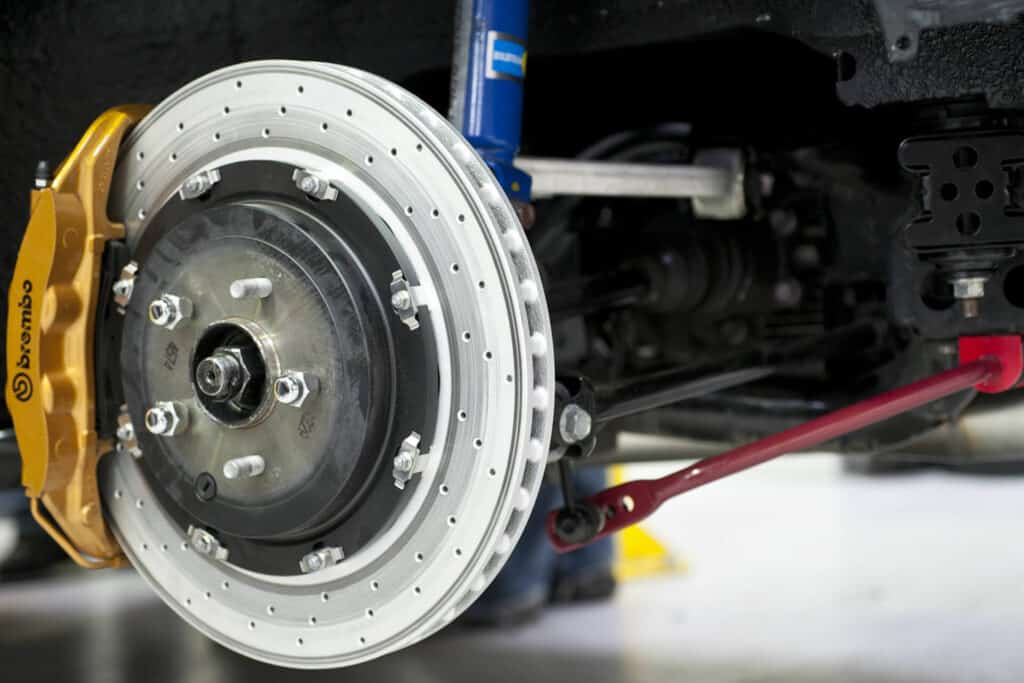Introduction: The Importance of a Customized Brake Maintenance Schedule
Developing a customized brake maintenance schedule for your fleet is crucial to ensure safety, reliability, and cost efficiency. A tailored plan takes into account the unique needs and demands of your fleet, enabling you to proactively address potential issues and minimize downtime. In this article, we will discuss the key considerations in creating an effective brake maintenance schedule for your fleet and how to adapt it over time for continual improvement.
Assessing Your Fleet: Identifying Key Variables and Unique Requirements
The first step in developing a customized brake maintenance schedule is to assess your fleet and identify the key variables that will influence your maintenance requirements. This includes factors such as vehicle types, driving conditions, fleet usage patterns, and brake system types. By understanding these unique requirements, you can create a maintenance plan that addresses the specific needs of your fleet and ensures optimal brake system health.
Vehicle Types: Tailoring Maintenance Schedules Based on Vehicle Specifications
Different types of vehicles have varying brake system requirements, and these differences should be reflected in your fleet’s maintenance schedule. For example, heavy-duty vehicles may require more frequent brake inspections and service due to the increased stress placed on their brake systems. Conversely, lighter vehicles with less demanding usage patterns may need less frequent maintenance. Consider the specifications of each vehicle type in your fleet and adjust maintenance schedules accordingly.

Driving Conditions: Factoring in Environment and Terrain
The driving conditions your fleet encounters can significantly impact brake wear and maintenance needs. Vehicles operating in areas with frequent stop-and-go traffic or harsh weather conditions may require more frequent brake system inspections and service. Similarly, fleets operating in mountainous terrain or other challenging environments may need additional attention to brake system health. Take these factors into account when developing your fleet’s brake maintenance schedule.
Fleet Usage Patterns: The Impact of Mileage and Frequency on Brake Wear
The mileage and frequency of use for each vehicle in your fleet can also impact brake wear and maintenance needs. High-mileage vehicles or those used more frequently may require more regular brake inspections and service to ensure optimal performance and safety. Monitor your fleet’s usage patterns and adjust your maintenance schedule accordingly to address the varying needs of your vehicles.
Brake System Types: Addressing Specific Maintenance Needs for Different Brake Technologies
Different brake system technologies, such as hydraulic, air, or regenerative braking systems, have unique maintenance requirements that must be considered when developing your fleet’s maintenance schedule. For example, air brake systems may require more frequent inspection and service of air lines, valves, and other components, while regenerative braking systems may need specialized diagnostic tools and procedures. Ensure your maintenance plan accounts for the specific needs of each brake system type in your fleet.
Inspection Frequency: Determining the Right Balance Between Thoroughness and Efficiency
While regular brake system inspections are essential for maintaining fleet safety and performance, determining the appropriate frequency can be challenging. Striking a balance between thoroughness and efficiency is crucial to avoid unnecessary downtime or overlooking potential issues. Consider factors such as vehicle type, usage patterns, and driving conditions when establishing inspection intervals for your fleet.
Identifying Warning Signs: Educating Fleet Drivers on Brake System Red Flags
Educating your fleet drivers on the warning signs of brake system issues is an essential component of an effective maintenance plan. Empowering drivers to identify and report potential problems can help prevent costly repairs and downtime. Include driver training on brake system red flags, such as reduced braking performance, unusual noises, or warning lights, as part of your fleet’s maintenance strategy.
Maintenance Tracking: Implementing a System to Monitor Brake Maintenance History
Implementing a system to track your fleet’s brake maintenance history can help ensure that vehicles receive timely service and prevent issues from going unnoticed. Utilize maintenance tracking software or a simple spreadsheet to monitor inspection dates, services performed, and upcoming maintenance needs.

Leveraging Technology: Utilizing Telematics and Diagnostic Tools for Proactive Brake Maintenance
Embrace technology to enhance your fleet’s brake maintenance efforts. Telematics systems and diagnostic tools can provide real-time data on vehicle performance and potential brake issues, allowing you to address problems proactively. By integrating these tools into your maintenance strategy, you can stay ahead of potential issues, minimize downtime, and maintain optimal brake system health across your fleet.
Continual Improvement: Evaluating and Adjusting the Maintenance Schedule Over Time
An effective brake maintenance plan is not static but evolves over time. Regularly evaluate your fleet’s brake system performance, maintenance records, and any emerging trends to identify areas for improvement. Adjust your maintenance schedule as needed to address changes in vehicle usage patterns, new brake system technologies, or updated industry standards and regulations. Continual improvement ensures your fleet remains safe, efficient, and compliant.
Conclusion: Maximize Fleet Safety and Efficiency with a Customized Brake Maintenance Plan
Developing a customized brake maintenance schedule for your fleet is essential for maximizing safety, efficiency, and cost savings. By considering factors such as vehicle types, driving conditions, fleet usage patterns, and brake system technologies, you can create a tailored plan that addresses the unique needs of your fleet. Regularly evaluate and adjust your maintenance schedule to ensure optimal brake system health and performance over time. Prioritize brake maintenance as a key component of your fleet management strategy to maintain a safe, efficient, and compliant fleet.
